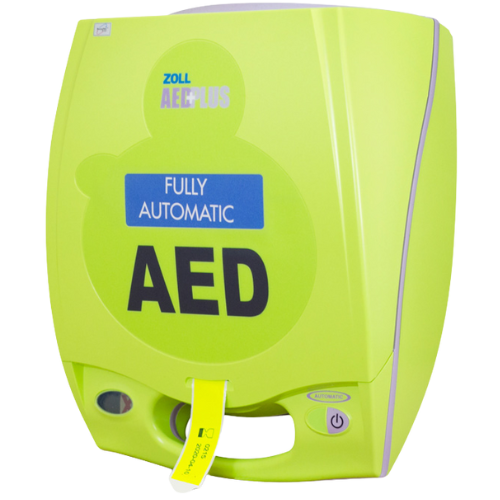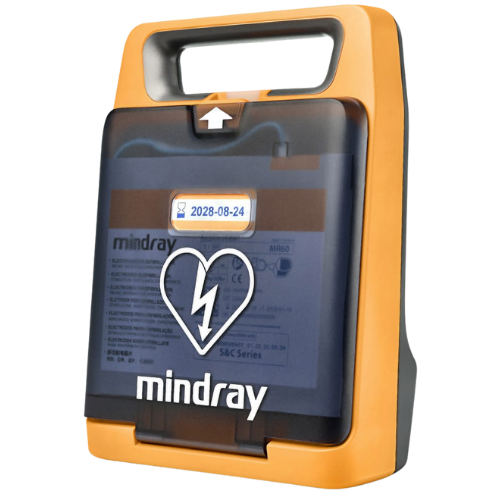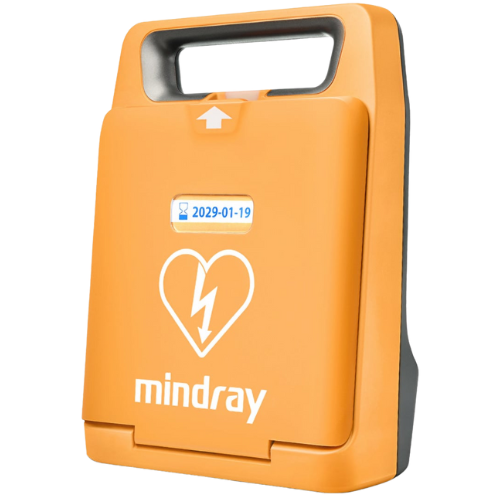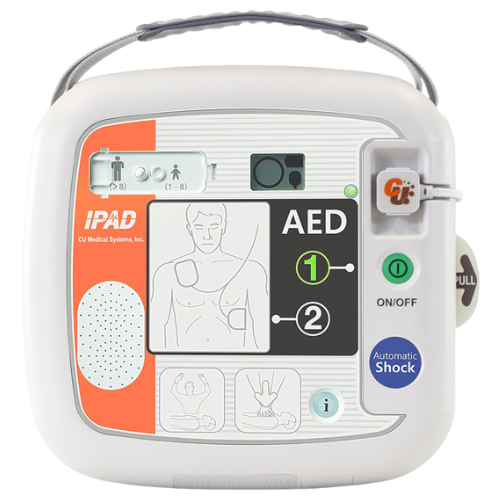How to Find the Nearest Defibrillator UK
When someone suffers a sudden cardiac arrest, time doesn’t just matter, it decides the outcome. The heart stops pumping properly, and the blood flow to the brain and vital organs grinds to a halt. Without immediate help, survival chances plummet by roughly 10% every minute.
This isn’t a scare story. It’s reality. I’ve seen too many cases where delays cost lives, often because no one nearby knew where to find a defibrillator.
Where Defibrillators Are Typically Located
You might walk past one every day without realising it. Defibrillators aren’t hidden away in ambulances anymore, they’re showing up in all sorts of places.
Common Public Locations
Shops, schools, community centres, gyms, railway stations, even old phone boxes. These are just a few of the spots where defibrillators are now stored. They’re often in bright yellow or green cabinets with clear signage. Some are locked and need a code from the emergency services, while others are open access.
Supermarkets and sports venues are also getting better at installing them. If it’s a place with footfall, chances are there’s one nearby, or should be.
Rural vs Urban Access
Living in the sticks myself, I know rural areas can be a bit patchy. Towns and cities tend to have more units, simply because of the population density and resources. But rural communities are stepping up, often fundraising to install one in a central spot, like the village hall or pub wall.
If you’re not sure where your nearest one is, that’s where technology steps in. More on that next.
Using Technology to Locate a Defibrillator Fast
Feel free to share this infographic!
In a panic, even the simplest task can feel overwhelming. That’s why having one reliable source makes all the difference. If someone collapses near you, there’s no time to waste wandering about. That’s where defibfinder.uk comes in.
The Role of defibfinder.uk
defibfinder.uk is a free tool designed to show the location of the nearest registered defibrillators in the UK. It pulls live data from The Circuit, essentially the national defibrillator network managed by the British Heart Foundation and partners.
Pop in a postcode or enable location services on your phone, and within seconds, you’ll see the closest devices on a map, along with access instructions and availability times. No faffing around, just practical info when you need it most.
It works on mobile or desktop, so it’s worth bookmarking now, don’t wait until you're in a crisis.
How to Use the Website in an Emergency
Call 999 first. The operator may guide you to a nearby AED if it’s registered.
Open defibfinder.uk on your phone.
Search or use your current location.
Head straight there or send someone. Time is everything.
It’s a simple idea, but it can save lives. And the more people who know about it, the better.
Can You Use a Defibrillator Without Training?
This one comes up a lot. People freeze because they think using a defibrillator is too technical, too risky or downright dangerous. But here’s the truth: you’re far more likely to help than harm.
How Modern Devices Guide You
Most public defibrillators are automated (AEDs). As soon as you open the lid or press the power button, it talks to you. Step-by-step. Calmly. Clearly. You don’t have to second-guess anything.
It even checks the heart’s rhythm before deciding whether a shock is needed. You can’t accidentally shock someone who doesn’t need it, it simply won’t let you.
So no, you don’t need a certificate or special training. Just enough nerve to open the box and follow the instructions. And honestly, if someone’s collapsed and not breathing, doing something is always better than doing nothing.
Legal Protections for First Aiders
Worried about getting into trouble? Don’t be. UK law protects those who try to help in good faith. The Social Action, Responsibility and Heroism Act 2015 makes it clear that people acting to save a life are looked on favourably by the courts.
In short, if you try to help, you’re protected.
How to Register a Defibrillator in Your Community
Buying and installing a defibrillator is a brilliant step. But if no one knows it’s there, it might as well be locked in a cupboard. Registering it properly makes sure emergency services and platforms like defibfinder.uk can direct people to it when seconds matter.
Keeping the National Register Updated
The main place to register is The Circuit, the national defibrillator network managed by the British Heart Foundation. It connects your device to ambulance services across the UK.
Registration is free and fairly straightforward. You’ll need to provide:
The exact location (with postcode and what3words if possible)
Access details (Is it 24/7? Does it need a code?)
Maintenance contact info
A commitment to keep the battery and pads in date
Once it’s on the system, the nearest ambulance service can guide a caller straight to it. No guesswork. No delays.
Why It Matters
Too many defibs are out there sitting idle because they’ve never been registered. Or worse, they were registered years ago and haven’t been maintained. That’s a real shame.
If your village, street or business has installed one, check it’s on The Circuit. A few minutes of admin could be the thing that helps save a life tomorrow.
Final Thoughts
You don’t need to be a medic to make a difference. Knowing where your nearest defibrillator is, and how to use it, can turn you from a bystander into someone who saves a life.
Be Prepared, Not Panicked
In an emergency, panic is natural. But a bit of preparation can steady the ship. Save defibfinder.uk to your phone. Take two minutes to check where your local defibrillators are. It’s a small action that could pay off in a big way.
If your workplace, club or community has a defib, make sure it’s registered and maintained. If it’s not, take the lead. You might just be the reason someone gets to see their family again.
Share This Knowledge
This stuff isn’t taught enough. Tell your mates. Mention it at work. Pop a reminder on the village noticeboard. The more people who know where to find a defibrillator, the better the odds when something goes badly wrong.
No drama. Just practical action. Because when someone’s heart stops, every second counts.






